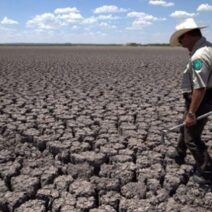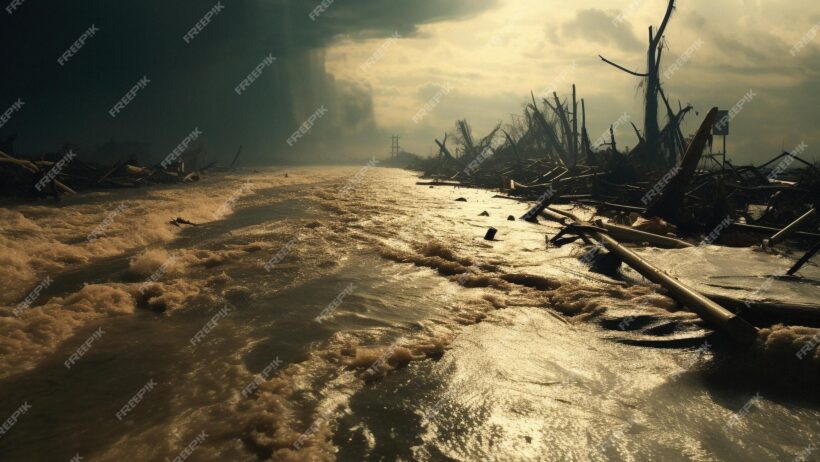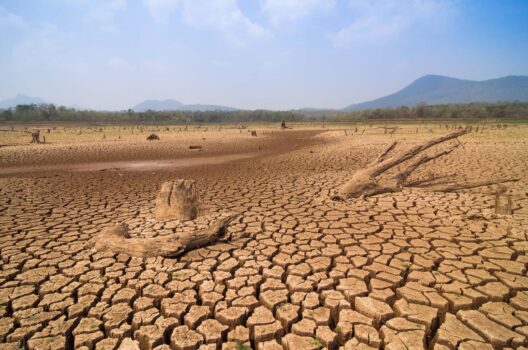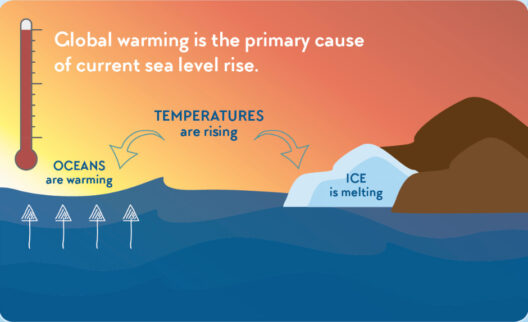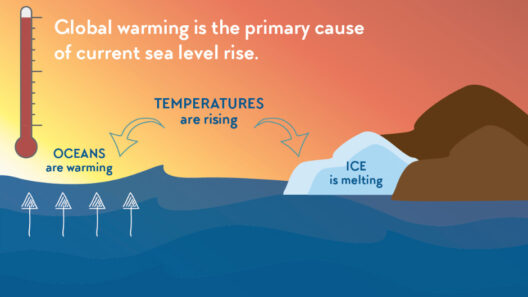Global warming is often perceived as a distant concern, something that affects the polar bears and the melting ice caps. Yet, the reality is much more immediate and pervasive, directly impacting our ecosystems, agriculture, and daily lives. How can global warming simultaneously contribute to both floods and droughts? This intriguing paradox poses a significant challenge for scientists and policymakers alike.
To comprehend how global warming can cause both extreme floods and debilitating droughts, we must first examine the intricate relationship between temperature, precipitation, and atmospheric behavior. As greenhouse gases accumulate in the atmosphere, they trap more heat, raising global temperatures. This increase in temperature influences the water cycle in profound ways.
First, let’s explore the mechanics of increased evaporation. Warmer air can hold more moisture, which leads to heightened evaporation rates from oceans, lakes, and rivers. When conditions are right, this moisture can condense and lead to intense precipitation events. Thus, areas that experience heavy rainfall are often those that have high levels of evaporation, fueled by a warming climate.
Now, consider the consequences. Atmospheric scientists note that increased evaporation results in a dichotomy: while some regions may experience deluges, others may suffer from insufficient rainfall. The transition from abundant to scarce water becomes starkly visible, as regions that were once temperate find themselves beset by drought. But why does this happen?
Changes in weather patterns are another vital aspect of this equation. With the climate warming, traditional weather patterns become less predictable. The jet stream, which plays a significant role in guiding weather systems, can become erratic. As it shifts, so too does the distribution of precipitation. Some areas may receive excessive moisture, while neighboring regions face parched conditions, creating a scenario ripe for conflict over dwindling water resources.
Moreover, climate change leads to alterations in seasonal cycles. Seasons may become irregular, with a potential for longer dry spells followed by sudden bursts of heavy rain. This not only creates physical stress on the environment but also affects agricultural productivity. Farmers know that too much water can be just as damaging as too little. Inelastic agricultural practices, often reliant on predictable weather patterns, cannot adapt swiftly enough to these new realities.
So, how does this process specifically yield floods and droughts in a single timeframe? Let’s consider the role of soil saturation. When rain falls in great quantities over a short period, it can lead to flooding, especially if the soil is already saturated from previous downpours. This phenomenon becomes a vicious cycle; flooded areas may dry out, creating drought-like conditions in the same region shortly thereafter. Urban areas with impervious surfaces accelerate runoff, further exacerbating the flooding situation.
In addition to geography, human activities complicate this dynamic. Urbanization tends to replace natural landscapes with concrete and asphalt, increasing runoff and decreasing the land’s natural capacity to absorb rainfall. Meanwhile, traditional farming practices may have led to soil degradation, diminishing its ability to retain water. Thus, both urban and rural areas find themselves ill-equipped to handle the dual threats of floods and droughts.
The economic implications of these phenomena can be profound. Floods can devastate infrastructure, destroy crops, and significantly affect local economies. Conversely, droughts can lead to water shortages, impacting everything from personal water use to agricultural production, affecting food prices and availability. The interplay between floods and droughts creates a precarious balance, driving home the urgency for adaptive measures.
One compelling question emerges: What can be done to mitigate these effects? Responding effectively to such stark fluctuations requires a multifaceted approach. First, investment in sustainable water management can help balance water supply, ensuring reserves during dry spells while addressing runoff issues during heavy rains. Technologies such as rainwater harvesting systems can aid in retaining water where it’s most needed.
Moreover, promoting awareness about climate-adaptive agricultural practices can nurture resilience within farming communities. Crop diversification, soil conservation methods, and enhanced irrigation techniques can also alleviate some threats posed by erratic weather patterns. Ultimately, fostering a solution-oriented mindset is essential for both urban and rural settings.
Furthermore, investments in green infrastructure—such as permeable surfaces, green roofs, and wetlands restoration—play a pivotal role in managing stormwater and enhancing local climates. Ecosystem restoration not only protects against flooding by absorbing excess rainwater but also supports biodiversity, allowing adaptations over time while improving soil health.
Lastly, it is crucial to advocate for policies that prioritize climate resilience. Policymakers must embrace science-based strategies that address the root causes of climate change while facilitating development practices that are less susceptible to its adversities. Building coalitions among communities, stakeholders, and governments can bolster resilience and create collective action towards combating the growing challenges of global warming.
In summary, the paradox of global warming fostering both floods and droughts is a complex interplay of climatic phenomena, human activity, and ecological balance. Addressing this challenge requires commitment to sustainable practices, awareness, and collective action. While the road ahead may be fraught with adversity, the opportunity to shape a resilient future lies within our grasp. The question remains: Are we ready to rise to the occasion before it becomes too late?


